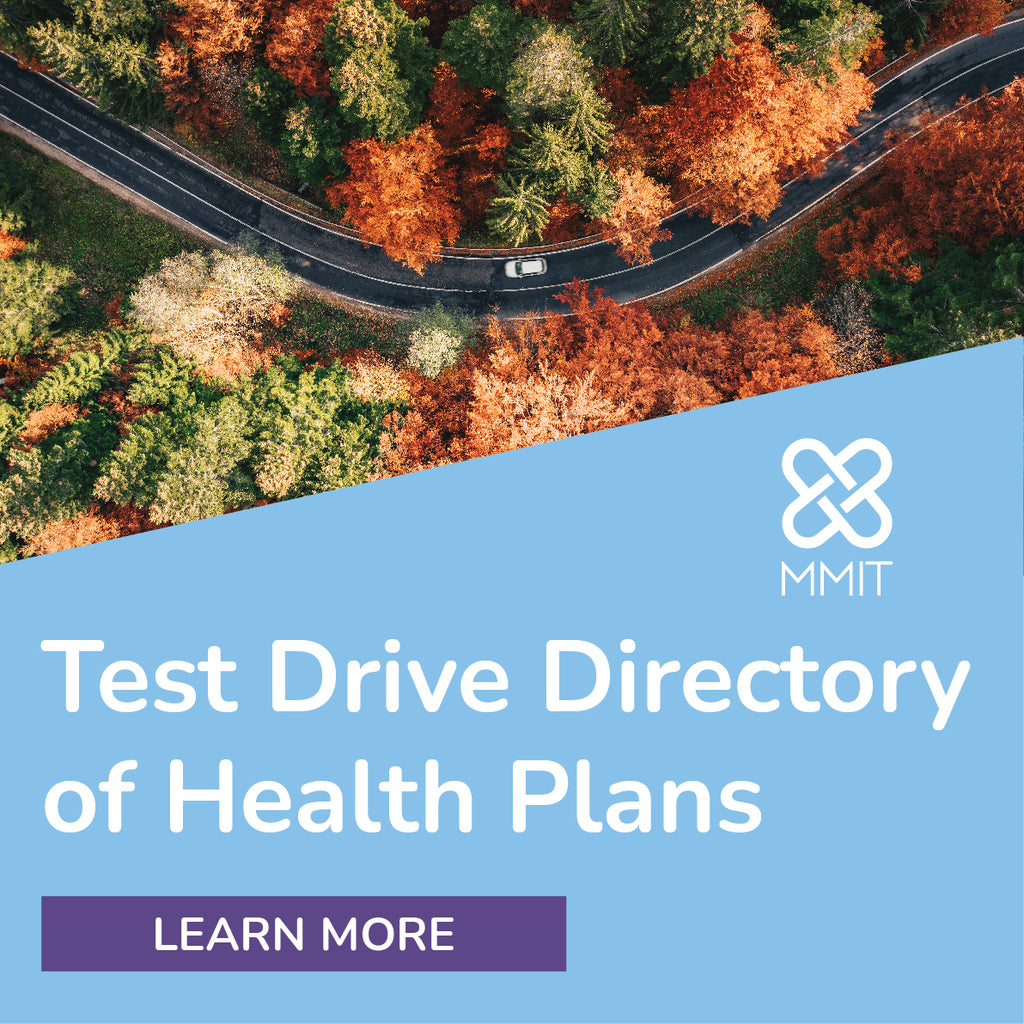Radar on Medicare Advantage
-
MA Plans Get Partial Relief With Phase-In of New Risk Adjustment Model
For payment year 2024, Medicare Advantage plans can expect to receive, on average, a 3.32% increase in risk adjusted revenue, compared with the 1.03% increase CMS projected in its Advance Notice released on Feb. 1. That’s largely because the agency opted to phase in its controversial changes to the CMS-Hierarchical Condition Categories (HCC) risk adjustment model, rather than fully implement it next year, after considering feedback from stakeholders. Still, some organizations remain concerned about the potential impact the new model will have on certain high-risk populations.
According to a fact sheet about the 2024 MA and Part D rate notice, which was released on March 31, two key components of the agency’s forecast changed: (1) a revenue decline stemming from the risk model revision and fee-for-service (FFS) normalization changed from -3.12% to -2.16%, and (2) the underlying coding trend is now expected to be 4.44%, compared with a previous estimate of 3.30%. CMS noted in the fact sheet that unlike in previous years’ estimates, it could not provide a separate update on the FFS normalization factor “because there is considerable interaction between the impact of the MA risk adjustment model updates and the normalization factor update.”

-
A Look Back at the Historic Ups and Downs of Medicare Advantage Payment Policies
Since the Feb. 1 release of the 2024 Advance Notice of Methodological Changes for Medicare Advantage Capitation Rates and Part D Payment Policies, MA insurers had been bracing for comprehensive risk adjustment changes that they argued would result in rate reductions, rather than the modest 1.03% improvement CMS had predicted. In its 2024 final rate notice, released on April 3, CMS finalized but chose to phase in changes to the risk adjustment model, leading to an average expected pay increase of 3.32%. This shift is not unique, as an exclusive look back at previous AIS Health coverage on previous rate notices shows that for much of the last decade, CMS has often left out certain unpalatable proposals from the Advance Notice and improved its payment forecasts.
-
NYC Group Medicare Contract Rises From the Dead With $15B Aetna Pact
After much delay, the City of New York appears to be moving forward with a plan to transition its retiree health care coverage to a group Medicare Advantage plan, having recently chosen CVS Health Corp.’s Aetna to administer a PPO plan starting Sept. 1. The contract is valued at $15 billion over the first five years and four months of the term agreement.
The city’s plan to transition some 250,000 retirees and their eligible dependents away from fee-for-service (FFS) Medicare coverage was initially supposed to begin on April 1, 2022, and be managed by Elevance Health, Inc. (in partnership with EmblemHealth). Retirees petitioned to block the move, and state Supreme Court Judge Lyle Frank in March 2022 ruled that the proposal violated city law by requiring retirees who opted out of the switch to pay $191 per month to maintain their FFS coverage. That July, Elevance backed out of the deal.

-
Managed Care Shows Promise for Partial Duals as Population Grows
Managed care plans, particularly Dual Eligible Special Needs Plans (D-SNPs), are showing promise in improving health outcomes and reducing health care utilization among Medicare-eligible individuals who qualify as partial Medicare-Medicaid dual eligibles, according to a March 2023 study published by Elevance Health’s Public Policy Institute. Elevance’s analysis of 2020 CMS data found that 5% of the 65.9 million Medicaid eligibles that year were partial duals — those who are eligible for Medicare but are not yet enrolled in or do not qualify for the full range of Medicaid benefits in their state.
Meanwhile, the D-SNP population has grown considerably in recent years, from just over 2 million members in 2017 to 5.1 million members in 2023, according to AIS’s Directory of Health Plans (DHP). (Elevance, for its part, is the third-largest D-SNP insurer nationally, serving just over 600,000 members as of DHP’s March 2023 update). A handful of states also participate in CMS’s Financial Alignment Initiative for duals, enrolling their qualifying duals in Medicare-Medicaid plans (MMPs). And the vast majority of people enrolled in the Program of All-Inclusive Care for the Elderly (PACE) are dual eligibles.
-
News Briefs: Bipartisan Bill Takes Aim at ‘Upcoding’ in Medicare Advantage
A recently introduced bipartisan bill seeks to reduce Medicare Advantage plan overpayments by eliminating financial incentives to “upcode,” or make beneficiaries appear sicker than they may be in the name of higher Medicare reimbursement. Introduced by Sens. Bill Cassidy, M.D. (R-La.) and Jeff Merkley (D-Ore.), the No Unreasonable Payments, Coding or Diagnoses for the Elderly (No UPCODE) Act would eliminate those incentives by: developing a risk adjustment model that uses two years of diagnostic data instead of just one year; excluding diagnoses collected from chart reviews and health risk assessments for risk adjustment purposes; and including an adjustment that fully accounts for the impact of coding pattern differences between traditional Medicare and MA.











